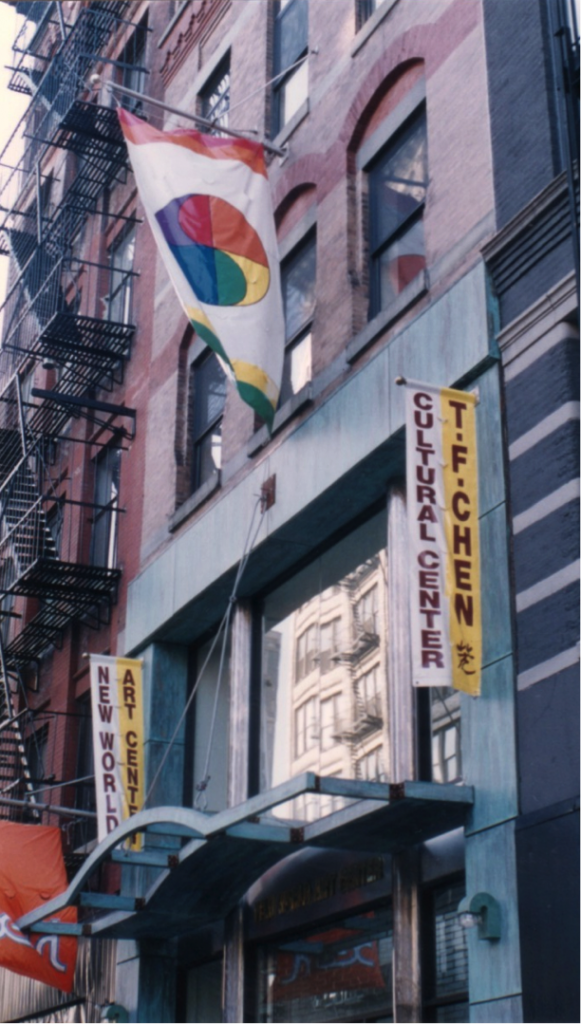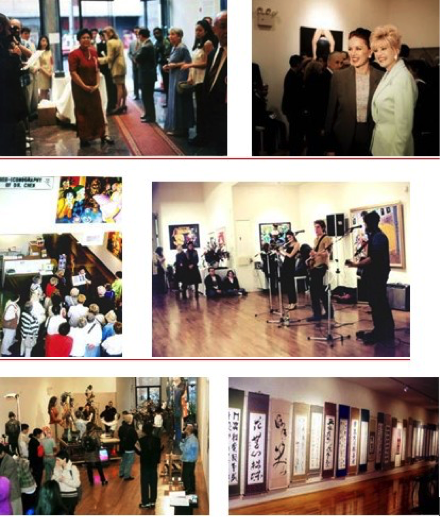ZEN AND THE ART OF SELLING ART

New world art center
TF Chen Cultural Center
While T.F. Chen stayed home to paint, his wife single-handedly turned him into a commercial success.
For those who glide through the frosty world of high-priced art, it’s easy to be annoyed by Lucia Chen’s irrepressible enthusiasm for her husband’s creations. To some, she’s a fanatic; indeed the promotional material for her spectacular New World Art Center in SoHo, New York City, has a New Age ring and smacks of a messianic vision. When the six-story gallery opened last year, its stated aim was “to be the Hub of New Renaissance, Uniting World Family of Artist, Performers, Thinkers and Visionaries.”
Gobbledygook perhaps, but there’s no denying Lucia’s success. Starting in 1978 with virtually no knowledge of art, she turned her reclusive painter husband Chen Tsing-fang (T.F.), now 60, into a hugely marketable commodity. She peddled relentlessly and eventually put his work on T-shirts, posters and greeting cards in 35 countries. Copyright on the images alone brings in more than $50,000 a year. Chen is also listed in 64 different textbooks. And 57 other galleries distribute his prints. But that’s not all. Largely because of Lucia’s efforts, the Chens have amassed nearly $5 million in assets, including the New World center – the largest of its kind in New York City. And to hear the hyperactive 49-year-old talk, she’s just getting started.

Lucia grow up at a Zen Master family, as her grand farther was a famous Zen Master, this photo taken 1973 before she left Taiwan. / 1974 She was Study in Paris University/After 20 years Lucia Visit her first art gallery in Washington DC (1980-84) Lucia with Art News Editor and publisher: Milton Estrow ../Lucia present TF Chen’s Art For Humanity World tour booklet to New York State Governor/Lucia with New York City Mayor on TV holding TF Chen No smoking for No Smoking campaign

Lucia curate art show at New world art center opening
“The art business is people looking for a nice painting that will go above the fireplace,” asserts Lucia, boasting: “I don’t sell customers what they want. I want to prove that an art dealer doesn’t have to follow what the art market wants.”
So what is it that she sells? “Neo-iconography,” according to Lawrence Jeppson, a former consultant for the Smithsonian Institution who coined the term to describe the art form T.F. Chen founded in 1969. Working mostly in oils, T.F. uses powerful symbols and juxtaposes them to make a statement about the spiritual intersections of the world’s oft-baffling cultures. Characteristic
